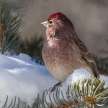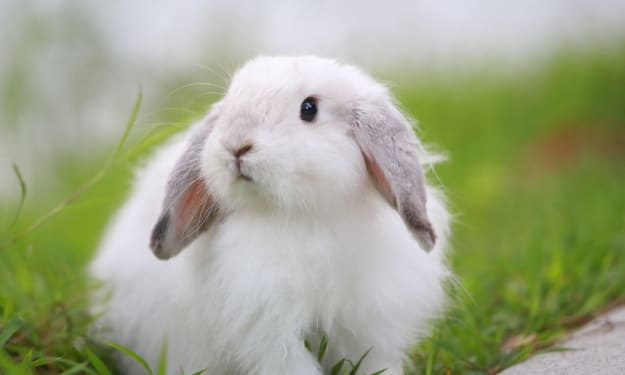
The barred tinamou (Crypturellus nearquiare) is a tinamou species usually found in humid lowland forests in subtropical and tropical northern regions of South America. This is a genus of monotypical origin. Both tinamou are from the family Tinamidae, and even ratites are found in the larger scheme. Unlike other ratites, tinamous can float but in general they are not good fliers. Both ratites evolved from ancient flying birds, and tinamous are the closest surviving descendants of such birds. The barred tinamou is around 25 cm in height. This is a yellowish-buff with solid black bars at the rear, white at the arms, light blue at the front and neck and breast sides. The belly is orange, the flanks are black-barred cream, with olive-green chestnut coloured bones in the head and neck. The girl in the back is paler. The barred tinamou eats fruit like other tinamous, or low-lying trees from the forest. They also eat small quantities of invertebrates, blossoms, delicate herbs, seeds, and roots. The male incubates the eggs which can come from as many as four different females, and then holds them up until they can be autonomous, normally 2–3 weeks. The nest is on the ground in dense scrub, between raised root buttresses. In the district of Loreto, the Barred Tinamou is rare and poorly known in its restricted range. This is mostly confined to soil from nutrient-poor sandy forest. The Barred Tinamou has a rufous muzzle and a whitish-neck. With much of the body barred, the neck and underparts are white with dusky, and dark. It's similar to Variegated Tinamou but is unique because it doesn't have a dusky head, white breast and underparts. The Barred Tinamou, Crypturellus nearquiare, is only one of the forty seven species found in South and Central America that make up the Tinamou family of birds. The Barred Tinamou is found in north South America, particularly in the extreme southern regions of eastern Colombia and southern Venezuela. Compared to other Tinamou tribes, the population of the Barred Tinamou is comparatively tiny. The presumption has certainly meant no subspecies of birds. The Barred Tinamou range is comparatively small, offering open spaces in tropical and subtropical forest areas along the Orinoco and Rio Negro basins as well as nearby. The Barred Tinamou may then feed on fruits, nuts, invertebrates, and plants. The Barred Tinamou is a largely identified species, and this has meant that there are no accurate figures of how many exist in the wild, although the species is listed as being of Least Concern. However, the rating of the Least Concern comes about as species are not deemed to be seriously declining nor is there any excessive depletion of biodiversity. Of example some of the Barred Tinamou knowledge is known. The Barred Tinamou is typically 23 cm to 25 cm long and relatively storied in terms of size. The Barred Tinamou is mainly yellow-buff in colour, with wide black bars on the back (hence their name). The belly of the bird is white, while the breast area is light brown. The head and neck area is marked with chestnut while the throat is grey. The Barred Tinamou is believed to act in similar fashion to other Tinamou observed during the mating season in South America. It's the male sex that builds the nest in a fall in the forest. The male would then attract multiple different females, all of whom lay eggs in the nest, indicating that there could be as many as twelve eggs in the nest. The females then leave and the male incubates the eggs for 3 to 4 weeks. The male then raises the hatchlings up. The Barred Tinamou is normally a solitary species, and is usually alone when observed, with each bird having its own display. While hearing the Barred Tinamou is better than seeing it, like so many of the South American Tinamou, despite this it remains a feature in sections of Colombia and Venezuela.
About the Creator
MB
I am a bird aficionado and really enjoy spotting them them on hikes. I greatly appreciate the variety of birds cross North America and the world. They are amazing and intelligent creatures, each so unique and with a wonderful life.
Enjoyed the story? Support the Creator.
Subscribe for free to receive all their stories in your feed. You could also pledge your support or give them a one-off tip, letting them know you appreciate their work.






Comments
There are no comments for this story
Be the first to respond and start the conversation.